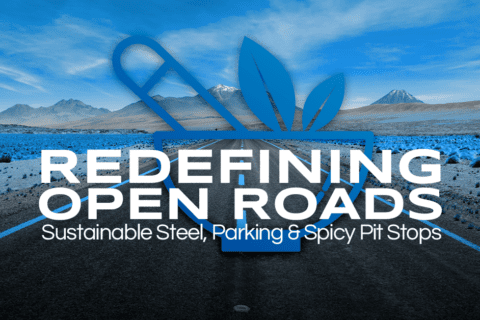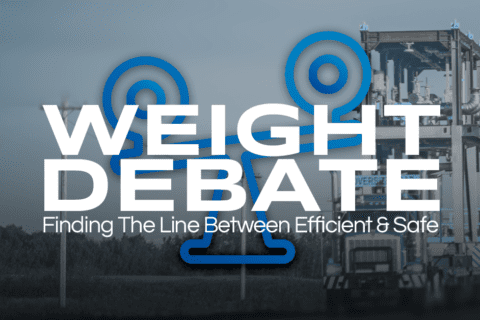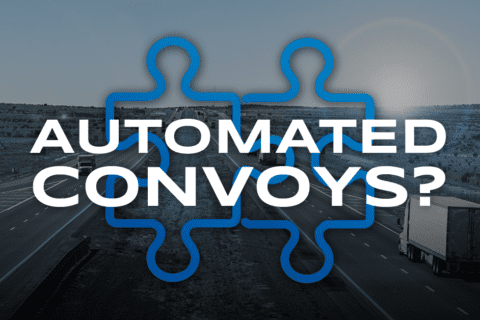Driving Forward: Exploring a Driver Shortage, Autonomous Revolution, and Emission Challenges – Weekly Trucking Highlights
From riveting debates surrounding the so-called ‘truck driver shortage’ to the promising potential of autonomous trucking, we bring you the latest news and developments. Buckle up as we delve into riveting debates, such as the ‘truck driver shortage,’ and explore the promising potential of autonomous trucking. This curated compilation of recent news articles offers a captivating snapshot of the prevailing narratives in our industry. Let’s fuel up and get rolling. Debunking the Truck Driver Shortage Myth In July 2021, the American Trucking Associations (ATA) reported a significant truck driver shortage, while the Owner-Operator Independent Drivers Association (OOIDA) and Land Line Magazine presented a contrasting perspective. ATA claimed an industry shortfall of 61,000 drivers, projecting it to increase to 160,000 by 2028, whereas OOIDA and Land Line were asserting there wasn’t any shortage. The COVID-19 pandemic and a temporary surge in demand fuelled the mainstream belief in a severe driver shortage, attracting thousands of new entrants into the market. Trucking Boom Ends: Overcapacity Leading to Struggles However, an NBC News report from July 3 told a different story, highlighting truck driver Arnesha Barron among others who, drawn in by promising profits, now grapple with low rates due to overcapacity. Todd Spencer, OOIDA President, expressed that many workers were enticed into trucking through misleading promises of lucrative earnings from companies and social media influencers. As the initial boom faded, the industry is experiencing a “shakeout,” and this is expected to continue throughout the year. The Future of Trucking: Driver Shortage or Oversupply? ATA’s narrative on the looming driver shortage hasn’t ceased, as shown in a driver compensation meeting held in March where ATA’s Bob Costello argued for lowering the interstate driving age from 21 to 18 to address the “shortage”. Despite acknowledging a possible easing of the driver shortage, Costello warned that the “shortage monster” might return. He noted that when freight demand increases, independent contractors might pursue other opportunities, potentially leading to a resurgence in the shortage. Opposing Stances on the Trucking Scenario While ATA has insisted on a driver shortage for decades, OOIDA has consistently held the opposing view. As a result of this discord, many drivers who believed ATA’s message are now suffering the consequences of an oversupplied market. It remains to be seen whether a genuine shortage will emerge in the face of increased demand and wages, but for now, the industry continues to navigate its course through contrasting narratives. 🔗 Read the full article about the truck driver shortage debate here Unleashing the Potential of Autonomous Trucking The logistics industry is abuzz with a significant dichotomy in opinions about the advent of autonomous trucking. Many stakeholders are pumped, eagerly anticipating a revolution, while others remain resistant or skeptical. However, according to Suma, once Loadsmith’s innovative modular pricing approach takes effect, the narrative will shift dramatically. This new strategy will allow freight carriers to secure their over-the-road (OTR) routes for three to five years, only adjusting for inflation, effectively bypassing the unpredictability of the spot market. Zero Emissions – The Game Changer The move towards zero emissions might just be the catalyst needed to hasten this transformation. Autonomous networks are built with fixed origin and destination points, ideally not more than 400-450 miles apart. These networks are prime candidates for conversion to zero emissions. Consider California – currently resistant to autonomous trucking. However, propose decarbonizing their busiest route (Ontario to Stockton) using autonomous middle-mile trucking, and you might just change the tune of the conversation. The Future is Autonomous The future of autonomous trucking is promising and poised to transform the logistics industry. The move towards zero-emission logistics, coupled with the modular pricing approach, are likely to be game-changers. With these strides, stakeholders who were initially resistant or skeptical may soon find themselves embracing the future of autonomous trucking. 🔗 Learn more about the transformation in autonomous trucking here. A Green Deal: Zero-Emission Commitment California and some of the nation’s top truck manufacturers have reached a milestone agreement aimed at facilitating the industry’s shift to 100% zero-emission sales by 2036. The new plan, announced on Thursday, blends measures that enable the trucking industry to meet California’s strict emission requirements while allowing the state to meet its climate objectives. With this resolution, California sidesteps a potential legal standoff with key truck manufacturers who have previously contested the state’s unique emission requirements as technologically and economically impracticable. The Clean Truck Partnership: Collaboration for a Cleaner Future This deal is a part of the Clean Truck Partnership, a collaborative initiative between the California Air Resources Board (CARB) and the Truck and Engine Manufacturers Association. The agreement incorporates significant industry players such as Cummins Inc., Daimler Truck North America, Ford Motor Company, General Motors Company, and Volvo Group North America. As per the agreement, CARB has committed to aligning with the Environmental Protection Agency’s (EPA) 2027 nitrogen oxide emissions regulations, which are less stringent than those currently endorsed by California. Balancing Emissions Standards: A Mutual Agreement In 2020, CARB established groundbreaking rules to hasten the transition from diesel trucks and vans to zero-emission models, along with reducing nitrogen oxide emissions. Through this agreement, the regulatory body has agreed to adjust components of its 2024 nitrogen oxide emission regulations, while manufacturers will provide offsets to uphold the state’s emission targets. Furthermore, CARB pledges to provide a minimum of four years of lead time and at least three years of regulatory stability before enforcing the zero-emission requirements. Shared Goals: Towards a Cleaner Tomorrow Manufacturers, on their part, have agreed to meet the state regulator’s zero-emission and pollutant standards within California, regardless of any efforts by other entities to contest the state’s authority. This cooperative effort showcases a shared commitment to tackling pollution, climate change, and ensuring the success of truck owners and operators integral to California’s economy. It embodies a groundbreaking stride towards achieving cleaner air goals through a collective commitment to emissions reduction. 🔗 Read the full article on the zero-emission transition in California’s trucking industry here Before You Hit the Road……











Recent Comments